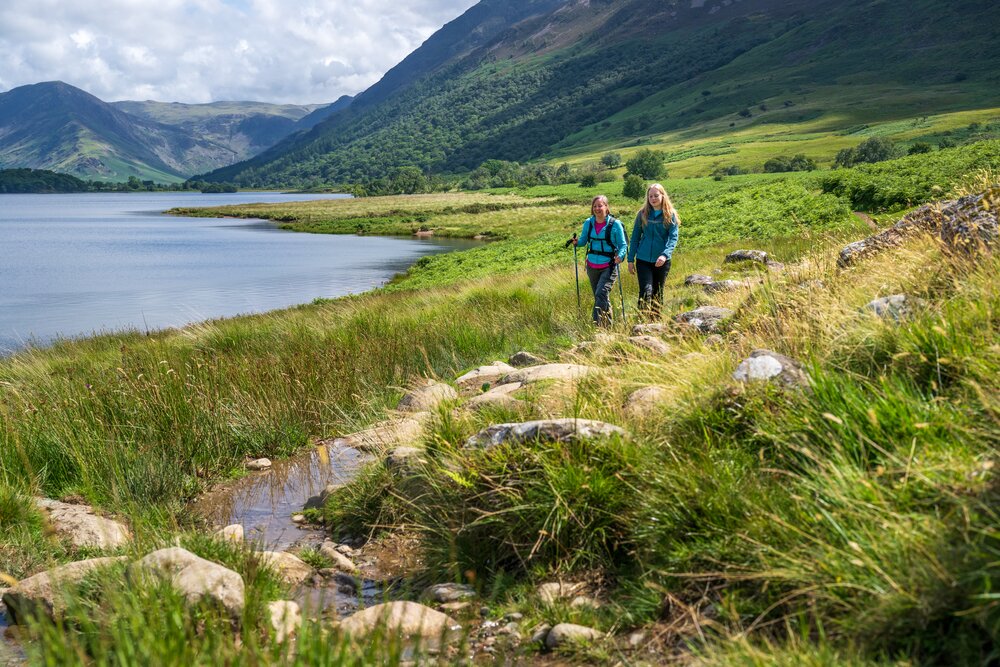A journey through history, art and countryside in Umbria, a hidden gem nestled in the heart of Italy.
Call us on 01707 817260
- Monday - Friday9am - 5pm
- Saturday9am - 1pm
- SundayClosed
- Bank HolidaysClosed
- Good Friday 18 AprilClosed
- Easter Monday 21 AprilClosed
Or, email us at customersupport@rambleworldwide.co.uk
Call us on 01707 817260
- Monday - Friday9am - 5pm
- Saturday9am - 1pm
- SundayClosed
- Bank HolidaysClosed
- Good Friday 18 AprilClosed
- Easter Monday 21 AprilClosed
Or, email us at customersupport@rambleworldwide.co.uk
-
Destinations
Artistic UmbriaHassness Country House (Guided Walking)
The English Lake District is one of the most beautiful and dramatic walking areas in this country. A compact area of mountainsides, summits and ridges, lakes and lakeside paths. We offer a wide range of guided trails to suit all walking abilities.
An African JourneyTake in four countries, myriad landscapes and endless wildlife viewing possibilities on our journey of a lifetime!
Six Faces Of PeruDiscover the lost land of the Incas on an escorted tour to the Six Faces of Peru: Cuzco, the Sacred Valley and Machu Picchu; Lima; Arequipa; Puno and Lake Titicaca; Colca; and the spectacular tropical rainforests of the Peruvian Andes.
In Search of The Silk RoadEmbark on a voyage of discovery on our Silk Road tours to Central Asia’s intriguing Kazakhstan and Uzbekistan.
-
Collections
Classic
Classic
Thoughtfully designed, meticulously planned, carefully graded, and expertly guided walking tours and hiking holidays along well-loved and off-the-beaten-track footpaths.
Popular ToursDiscoverDiscover
Meticulously curated, guided walking holiday itineraries that delve into the culture, wildlife, cuisine, and rich history of the world.
Popular ToursAdagioAdagio
The perfect blend of guided shorter walks, sightseeing trips, and quality accommodation for a more leisurely way to discover the world.
Popular ToursSelf-GuidedSelf-Guided
Expertly planned, flexible walking itineraries, led by you, with accommodation, route plans, and luggage transfers all taken care of by us.
Popular Tours - Best For
-
Offers
Last Minute Walking Holidays Early Booking Discount Discounted Holidays No Single Room Supplement Private Groups Loyalty Scheme Refer a FriendFree Airport Lounge Access
To mark the launch of our 2026 Long Haul walking holidays, the first x200 bookings can bag FREE lounge passes.
-
About
-
About Us
-
Inspiration
-
Our Trust & Sustainability
-
Useful Booking Information
- Booking with Ramble Worldwide
- Booking Terms & Conditions
- Book & Travel with Confidence
- Booking Trips for Private Groups
- Manage My Account
- Essential Travel Advice
-
Useful Travel Information
-
Contact Us
- Contact Us
- Contact us
- Order a brochure
- Manage My Account
- Join our team
Amazing holidays with the walking expertsWe're a Feefo Platinum Trusted Service Provider, with a consistently rated exceptional level of customer service.
Our Latest BrochureExplore our superb range of walking holidays in our latest brochure; read online or request a free copy
The Ramble Worldwide Outdoor TrustOur Charitable Trust… its mission? To support outdoor, walking and environmental projects, promoting access to the great outdoors for all.
- Booking with Ramble Worldwide
- Booking Terms & Conditions
- Book & Travel with Confidence
- Booking Trips for Private Groups
- Manage My Account
- Essential Travel Advice
Feefo Platinum Trusted Service ProviderWe’re delighted that our team have received Feefo’s Platinum Service Award for the fourth year in a row, in recognition of customer service excellence!
Feefo 10 Years of Proven Trusted ServiceFeefo have awarded Ramble Worldwide the 10 Years of Excellence Award to recognise that we have won a Trusted Service Award ten years in a row.
- Contact Us
- Contact us
- Order a brochure
- Manage My Account
- Join our team
Contact Our Team -
About Us
Quote code SPRING25 to save up to an extra £100 per person. Learn more









